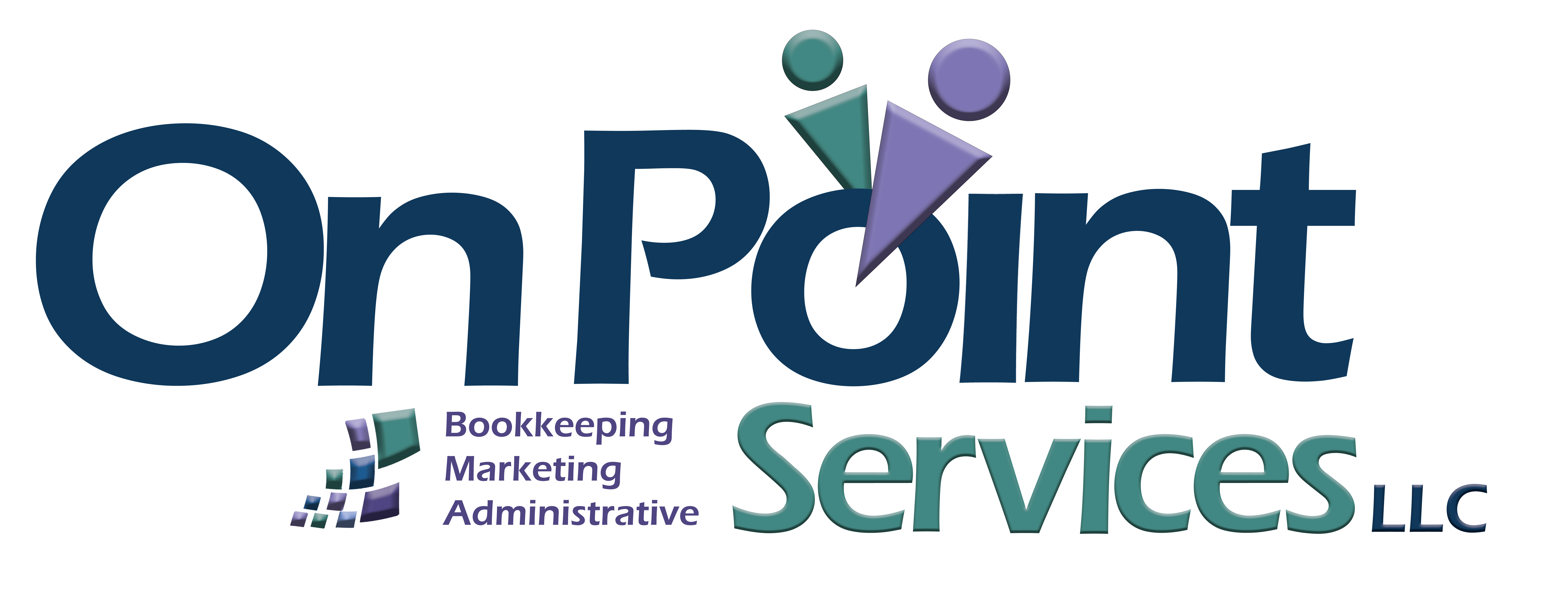A Simple Guide for Everyone
Navigating the complex world of financial statements can often feel like trying to understand a foreign language. Yet, these documents are the backbone of financial analysis, offering invaluable insights into a company’s performance and financial health. Whether you’re an aspiring investor, a budding entrepreneur, or simply curious about how businesses operate financially, understanding the basics of financial statements is crucial. This article aims to demystify the three core financial statements—balance sheets, income statements, and cash flow statements—in a straightforward and accessible manner.
Balance Sheets: The Financial Foundation
Think of a balance sheet as a detailed snapshot of a company’s financial standing at a specific moment in time. It’s built around a simple formula: Assets = Liabilities + Shareholders’ Equity. This equation is the key to understanding how a company is financed and how it allocates its resources.
- Assets: These are what the company owns, such as cash, inventory, and property. They are expected to provide future economic benefits and are categorized as either current or non-current.
- Liabilities: These are the company’s debts or obligations, including loans and accounts payable, which are divided into current (due within one year) and non-current.
- Shareholders’ Equity: This represents the owners’ claim after all liabilities have been subtracted from assets. It includes things like retained earnings and stock.
Income Statements: Tracking Profitability
The income statement, or profit and loss statement, chronicles a company’s financial performance over a specific period, such as a quarter or year. It focuses on revenues, expenses, and net income, offering a clear view of the company’s profitability and operational efficiency.
- Revenue: The total income generated from business activities before expenses.
- Expenses: The costs incurred in earning revenue, including cost of goods sold (COGS) and operating expenses.
- Net Income: The profit or loss after all expenses have been deducted from revenues, highlighting the company’s profitability.
Cash Flow Statements: The Movement of Money
While balance sheets and income statements offer insights into financial status and profitability, the cash flow statement focuses on the actual flow of cash in and out of the business. This statement is crucial for understanding a company’s liquidity and financial flexibility.
- Operating Activities: Cash generated from or used in the company’s core business operations.
- Investing Activities: Cash used in or generated from investments, such as the purchase or sale of assets.
- Financing Activities: Cash flows related to borrowing, repaying debt, issuing stock, and paying dividends.
Why These Statements Matter
Together, these financial statements provide a comprehensive picture of a company’s financial health. They reveal not just how profitable a company is, but also how it manages its resources, pays its debts, and funds its operations. For investors, these documents are vital for making informed decisions. For business owners, they offer critical insights into operational efficiency and financial strategy.
Understanding financial statements is not just for financial professionals. It’s a fundamental skill for anyone interested in the economic forces that shape businesses and investments. By demystifying these documents, we empower ourselves to make better financial decisions, whether we’re evaluating a company’s stock, managing a business, or simply expanding our financial knowledge.
In summary, financial statements are the language of business finance. Learning to read and understand them is akin to unlocking a treasure trove of insights into a company’s financial narrative, offering a clear lens through which to assess past performances and predict future prosperity.

